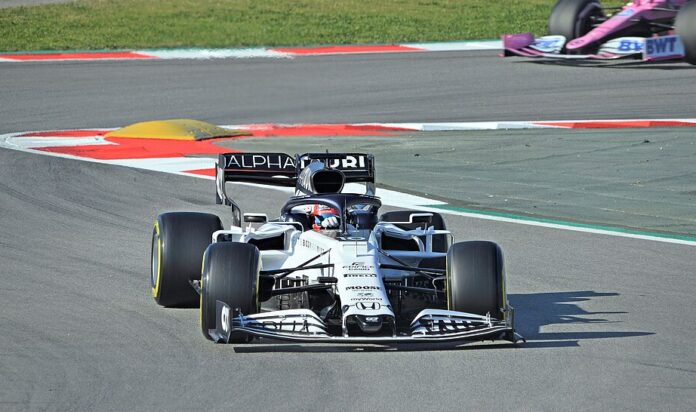F1 bosses eye rule tweaks to help lagging engines but clash over controversial hybrid power limits
Formula 1 chiefs have agreed in principle to a mechanism that would allow struggling engine manufacturers to ‘catch up’ once the sport’s radical new power unit regulations take effect in 2026. However, a heated debate over cutting permitted electrical energy in races ended in deadlock.
At a meeting of the F1 Commission on Thursday, team bosses and stakeholders broadly supported a safety net for any power-unit supplier left behind by the next generation of hybrid engines. But no final method has been agreed on how to implement it.
The 2026 regulations will retain the current 1.6-litre turbo hybrid base but shift the balance significantly—electric power will account for 50% of the engine’s output, compared to 20% now. The new engines will also run on sustainable fuels. This evolution, designed to push green technology, has already attracted new players like Audi and Red Bull Powertrains (in partnership with Ford), while convincing Honda and General Motors to commit to long-term involvement.
Embed from Getty ImagesHowever, the complex hybrid requirements raise fears of major performance gaps between manufacturers. To ease these worries, the commission agreed to explore catch-up measures, such as extra dynamometer testing or increased spending flexibility for underperforming suppliers. These ideas are now with the power-unit working group for refinement.
Meanwhile, fierce disagreement erupted over a separate proposal to cut maximum electrical deployment during races from 350kw (about 470bhp) to 200kw (around 270bhp), while maintaining the higher output in qualifying and under the new push-to-pass system. Proponents argue that lowering the race allowance would balance energy deployment across different circuits and avoid ‘lift-and-coast’ driving to conserve battery power.
Red Bull is said to be the biggest supporter of this measure, believing it would enhance strategic racing and make power usage more predictable. However, Mercedes, Honda, and Audi strongly oppose it.
Mercedes boss Toto Wolff branded the plan “a joke”, arguing that no one truly understands the cars’ aerodynamic or energy recovery capabilities until testing begins. “You can’t rewrite the rulebook on guesses,” one team insider reportedly said.
The electrical deployment debate stems from a core challenge of the 2026 rules: how to efficiently recover and deploy energy through the rear axle. Though the FIA has already introduced new moveable aerodynamics to reduce drag and extend braking distances, some circuits may still present mismatches—too little energy on long straights or too much on tighter layouts.
Still, Mercedes and other critics believe any shortfall should be addressed reactively in 2026 rather than pre-emptively curbing performance.
The FIA, in a formal statement, said: “The F1 Commission discussed in principle refinements to the energy management strategy for 2026, as well as measures to address financial issues that can be faced by power-unit manufacturers that experience either low performance or significant reliability issues in 2026.”
No binding decisions were made on Thursday, but all issues will continue to be explored within specialist advisory groups.
In a separate discussion, teams also examined fire risks linked to titanium skid blocks after dry grass ignited multiple times during the Japanese Grand Prix. Some suggested switching to steel on certain tracks to reduce spark intensity, though no formal change was adopted. The FIA will continue researching alternative materials.
As F1 prepares to welcome a wave of new manufacturers and push towards a more electrified future, Thursday’s meeting made one thing clear—managing the technical revolution of 2026 without tilting the competitive balance remains a tightrope walk.
